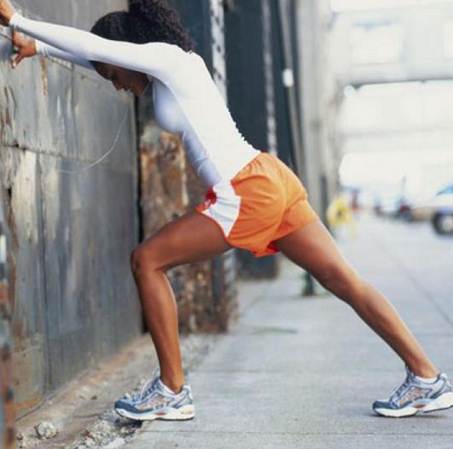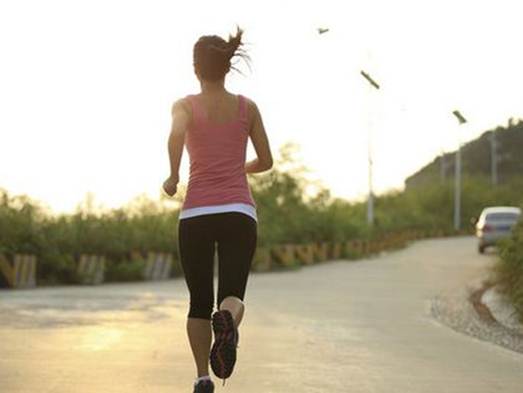Get more gains in the gym by boosting your range of motion
A mobility workout may not sound like the premise for a
sculpted shape but, guess what, the benefits of being able to move your joints
through their full range of motion extend beyond the obvious increases in
flexibility. In fact, mobility exercises are a hot topic in warm-ups, yoga
classes, Pilates workouts and as performance enhancers for all kinds of
strength or cardio sessions. As you age, move less or perform exercises
incorrectly, your joint mobility becomes limited, and a less mobile body is
more likely to get injured or underperform by expending more energy through
inefficient movements. Here’s why a mobility routine should be a part of every
training session.
Daily movement
We don’t move as much today as we did in years gone past.
Instead of working in the fields or spending many hours doing household chores,
we now spend more time sitting in unnatural positions at desks, in cars or on
sofas for extended periods of time. Your body is a master at adaptation, so it
will adjust the length and tension of soft tissue to make sitting positions
easier to maintain.

Your body is a
master at adaptation, so it will adjust the length and tension of soft tissue
to make sitting positions easier to maintain.
A good example of this is how your hamstrings shorten while
sitting, which causes your back muscles to lengthen and weaken as your
shoulders round forward. The same problems occur if you focus purely on
cyclical leisure activities such as cycling or running. These movements fail to
take your joints through their full range, so lead to an adaptation and
shortening of certain muscles. Your training routine should include regaining
the mobility that you’ve lost through your daily lifestyle or leisure
activities.
The kinetic chain
Your body is connected from head to toe, through an
integrated system of joints, muscles, ligaments, tendons and fascia - this is
the kinetic chain. For most of the time, our only contact with the ground comes
from our feet. With every step we take, energy is transferred and absorbed up through
the body. Think of the ripple effect that occurs when you drop a pebble into a
pond - the impact of stepping on the ground has a similar ripple effect
throughout your body, and it’s essential to mobilize your joints to help the
kinetic chain stay in correct alignment. Problems at any one of your joints
will have a knock-on effect on another joint in your body.
Optimal mobility
Not all joints are created equal: some are designed for
mobility and others for stability. If you look at your joints from your ankles
upwards, you’ll see they alternate between mobile joints, such as your ankles,
hips, upper back and shoulders, and more stable joints - your knees, lower back
and shoulder blades. These joints work together, so a mobile ankle joint
stabilizes your knee and enables it to hinge correctly while you’re running.
Problems can occur if, for example, your ankle joint loses mobility through
lack of movement or injury and your knee is forced to become more mobile.

Not all joints are
created equal: some are designed for mobility and others for stability.
Mobilizing moves
Work on improving the mobility of these three important
joints before every workout session.

Work on improving
the mobility of these three important joints before every workout session.
Ankles: Stand up and lift your right foot off the
ground. Rotate your right ankle at least 20 times in each direction, then
repeat on your left ankle.
Hips: Keeping your abdominals engaged, swing each leg
20 times backwards and forwards, and side to side through their full range of
motion. Hold on to a wall or bar for stability.
Upper back: From a tail, seated position, in which
your abdominals are engaged and your hands are behind your ears, slowly rotate
your upper body 20 times - to the left and right - through its full range of
motion.